Is biodesign the future of architecture? EcoLogicStudio thinks so
We talk all things biodesign with British-Italian architecture practice ecoLogicStudio, discussing how architecture can work with nature
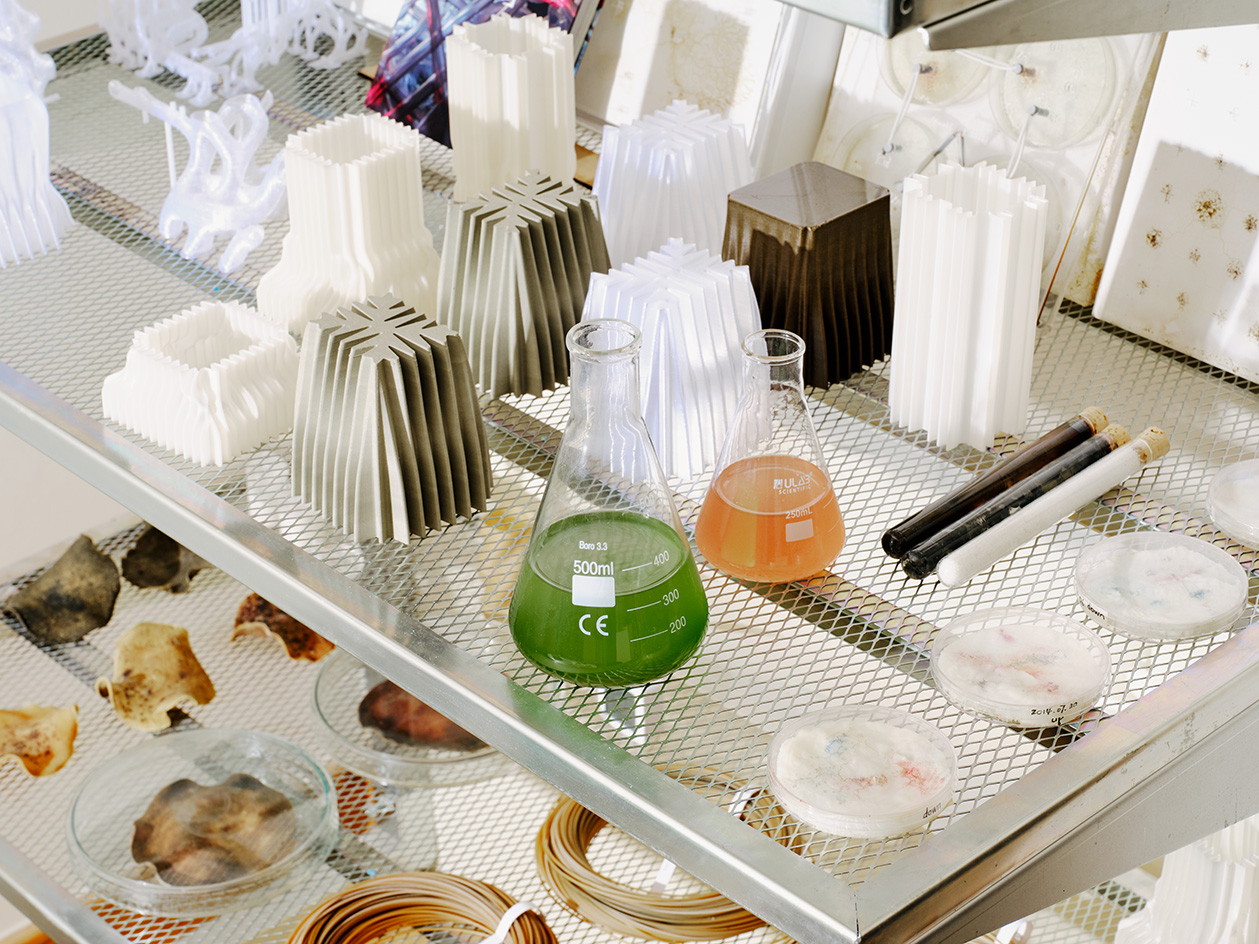
Co-founder and director of ecoLogicStudio and biodesign champion Claudia Pasquero believes that design must move from controlling nature to working with it. ‘This transition is necessary if architecture is to play a role in mitigating the effects of climate change,’ she says. At the core of this shift is biodesign, a discipline that combines biology, building development, and technology to promote sustainable architecture.
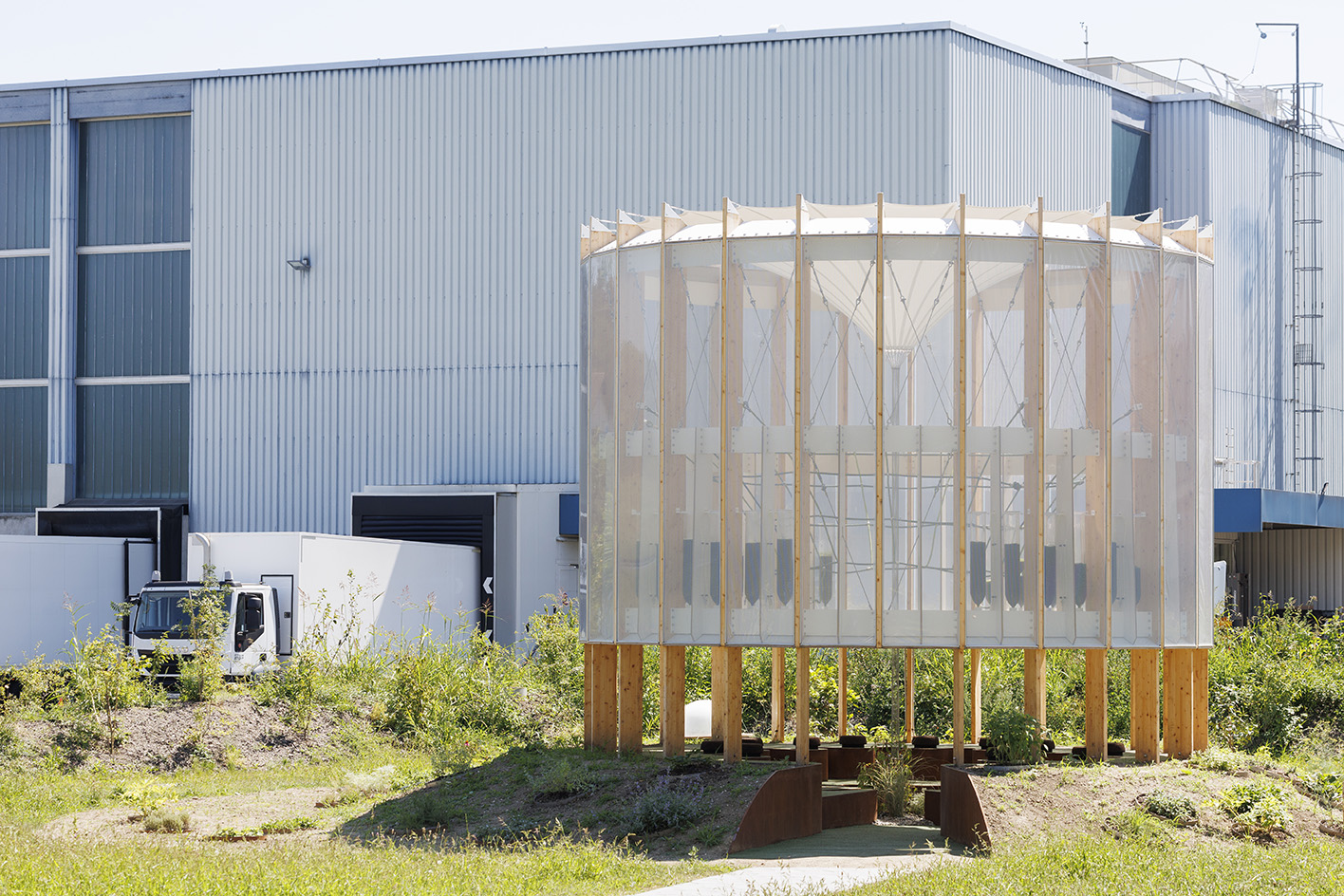
AirBubble restorative space
EcoLogicStudio talks us through biodesign in architecture
Biodesign can encompass everything from designers mimicking nature to purify the air to architects creating buildings made from mushrooms. ‘It is essential in rebalancing the planet’s carbon footprint,’ says Pasquero. Through her practice, ecoLogicStudio, the architect and curator has been using this approach to produce environmentally conscious work.

PhotoSynthetica Collection, Compostable Stool and Bio-digital ring
Founded in 2005 by Pasquero and Marco Poletto, ecoLogicStudio combines digital technologies with environmental design to create biophilic installations, sustainable products, and nature-driven systems. The practice’s name is a nod to Gregory Bateson’s book, Steps to an Ecology of Mind, a collection of essays that touches on biology, anthropology, and cybernetics.
‘We established ecoLogicStudio to develop a further level of integration between design and ecology,’ says Poletto.

TreeOne
In the last two decades, the practice has garnered global recognition for its circular design approaches, forward-thinking research, and clever use of algae. ‘Starting with photosynthesis and mycelium, over the years we have developed systems and materials to create furniture and architectural components,’ says Pasquero.
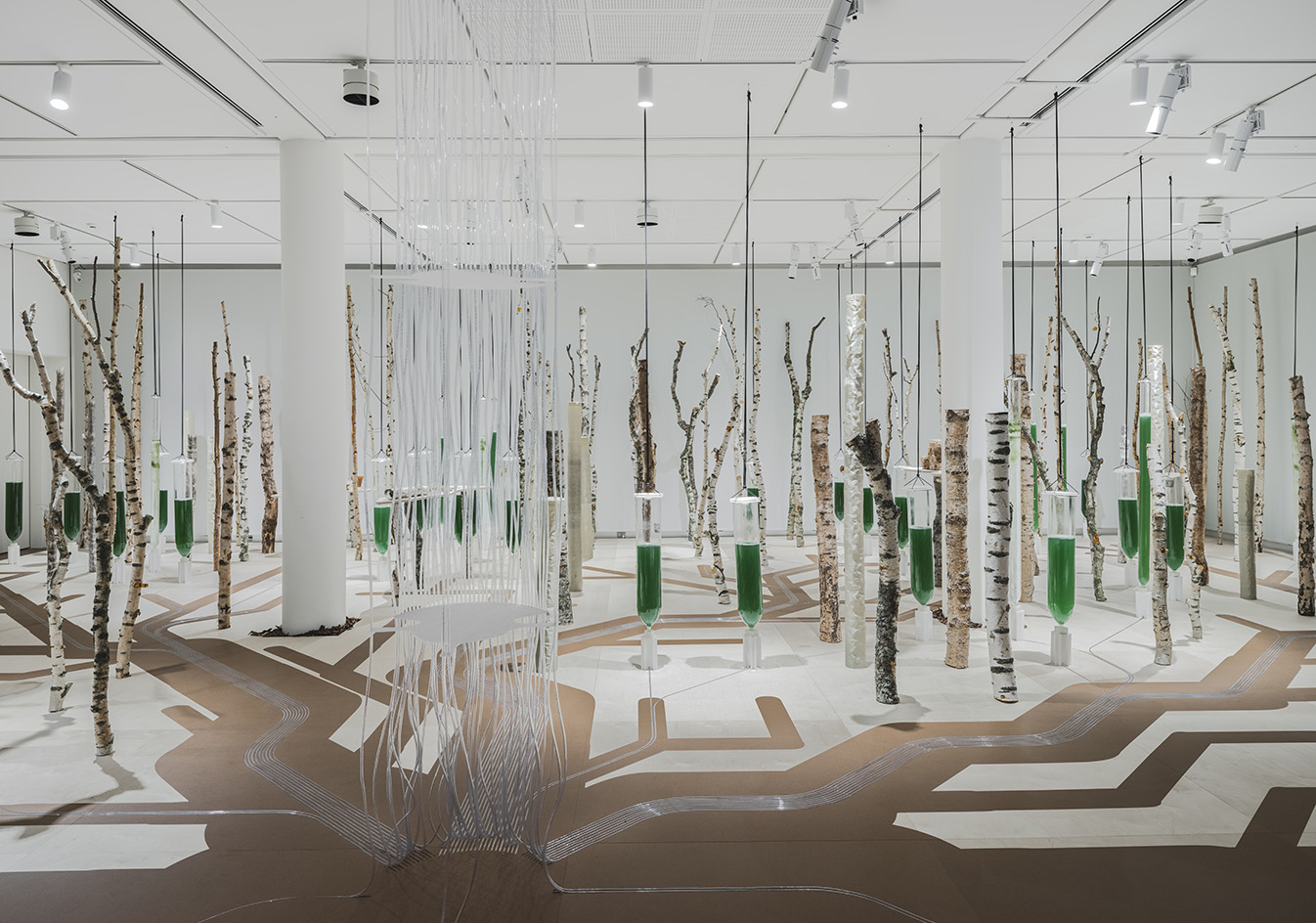
Deep Forest at Louisiana Museum of Modern Art
One of ecoLogicStudio’s most notable projects is AirBubble, a playground that uses algae in bioreactors to remove pollutants from the air. Another is TreeOne an AI-made tree that captures and stores carbon dioxide. Both projects demonstrate the power of working with nature instead of exploiting it.

Design Apothecary in Turin
In 2018, ecoLogicStudio collaborated with the University of Innsbruck’s Synthetic Landscape Lab and the Urban Morphogenesis Lab at UCL London to launch PhotoSynethica. This initiative seeks to help decarbonise cities, reduce air pollution, and integrate nature into the built environment. ‘We set it up to connect all the research and development we do in the office and at universities,’ says Poletto.
Receive our daily digest of inspiration, escapism and design stories from around the world direct to your inbox.
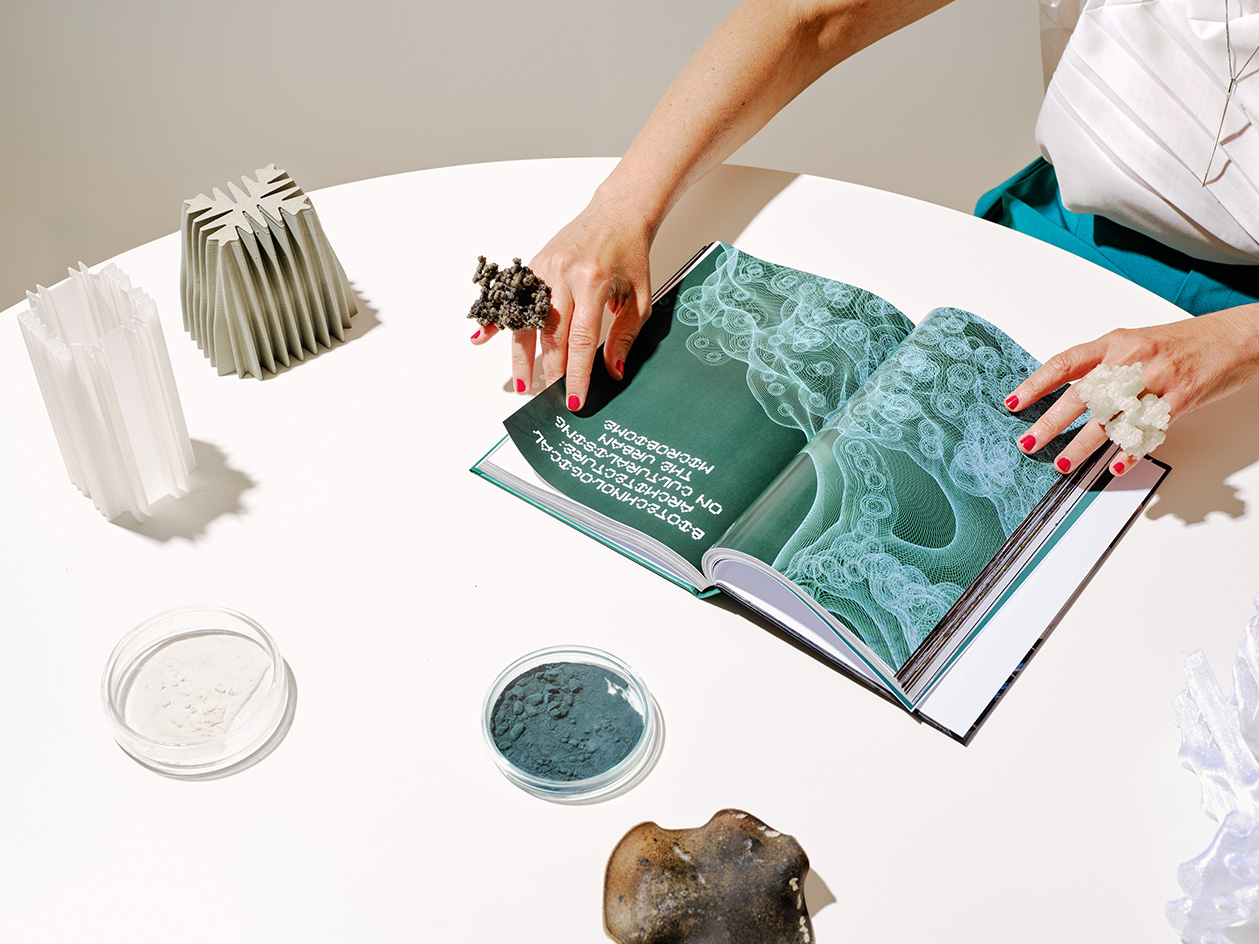
Biodesign in the Age of Artificial Intelligence - Deep Green book
Its latest venture, Deep Forest, is an immersive installation inside the ‘Living Structures’ exhibition at the Louisiana Museum in Denmark. This show illustrates the potential of technology working with nature in the built environment. More recently the studio has been working on Design Apothecary Turin, a research space in Italy that explores biophilic design.

Glacial Drip
Moving forward, the studio aims to continue advocating for biodesign in the built environment while producing systems to combat the climate crisis. ‘We are working on new installations that integrate our philosophy into public and private spaces, pushing the idea of an architecture that not only coexists with the environment but also enriches it.’
Shawn Adams is an architect, writer, and lecturer who currently teaches at Central St Martins, UAL and the Architectural Association. Shawn trained as an architect at The Royal College of Art, Architectural Association and University of Portsmouth. He is also the co-founder of the socially-minded design practice Power Out of Restriction. In 2023, POoR won the London Design Festival’s Emerging Design Medal. Shawn writes for numerous international magazines about global architecture and design and aims to platform the voices of those living across the Caribbean, Asia, and Africa.
-
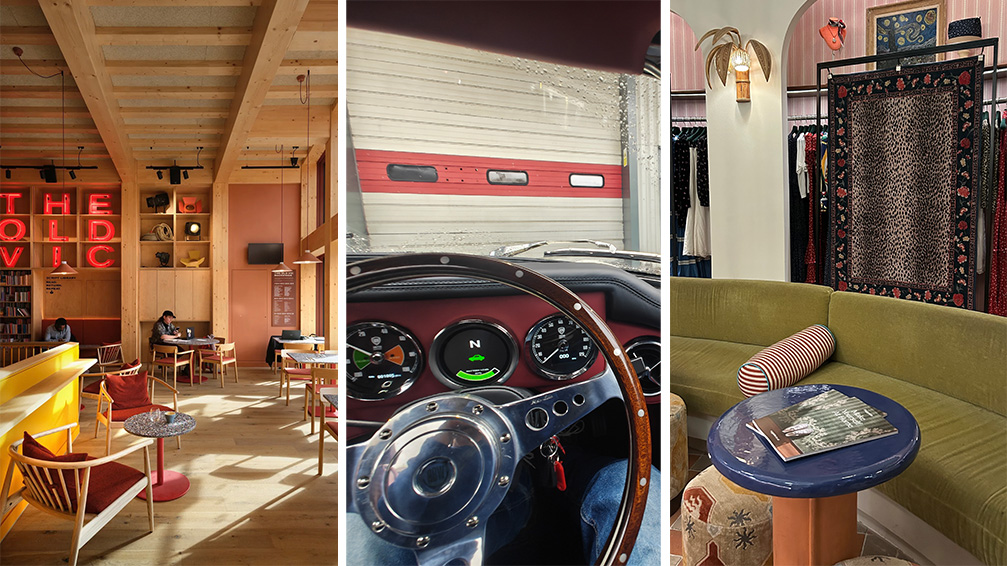 Out of office: The Wallpaper* editors’ picks of the week
Out of office: The Wallpaper* editors’ picks of the weekThe rain is falling, the nights are closing in, and it’s still a bit too early to get excited for Christmas, but this week, the Wallpaper* team brought warmth to the gloom with cosy interiors, good books, and a Hebridean dram
-
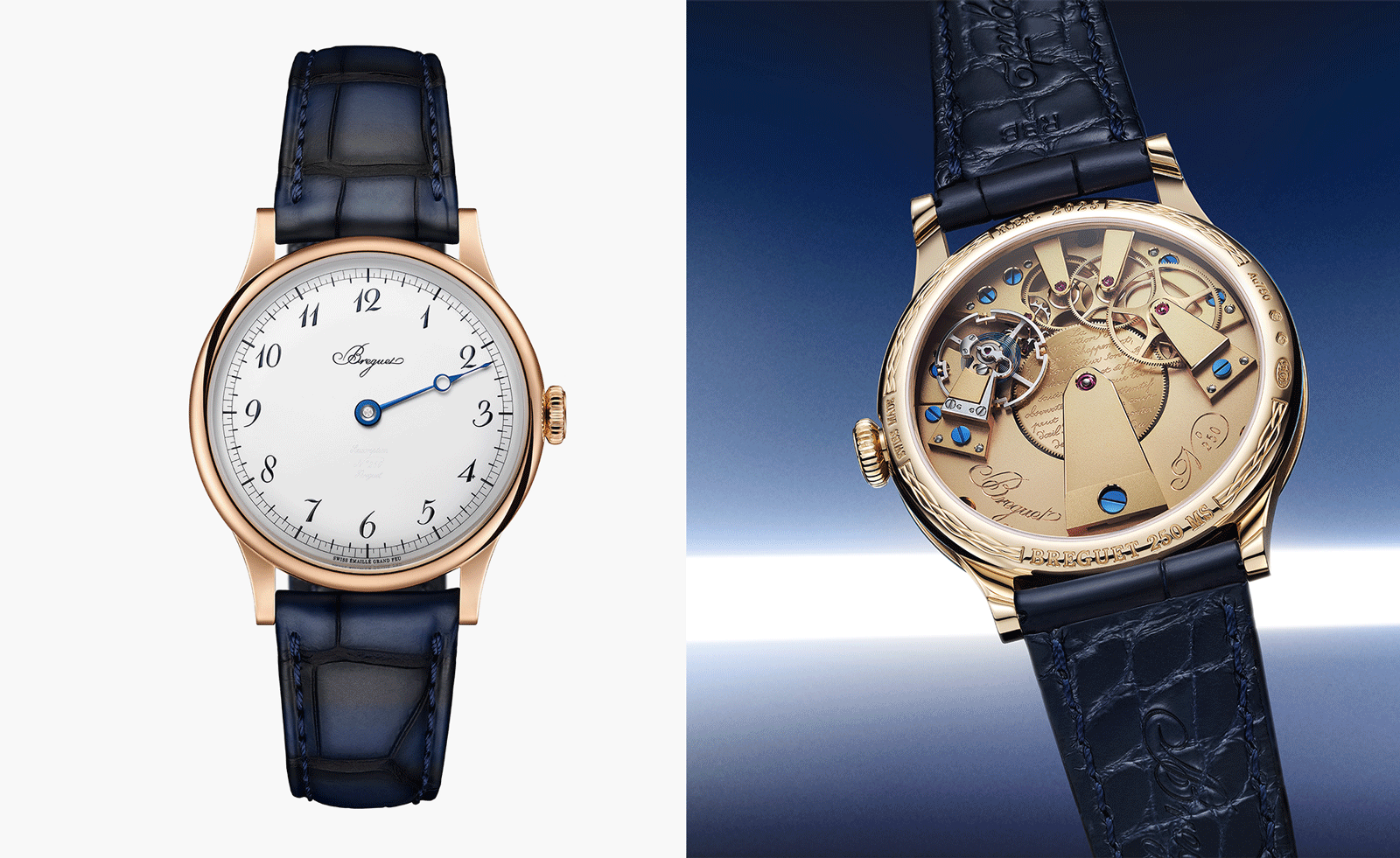 Who won big at the GPHG, the Oscars of the watch world
Who won big at the GPHG, the Oscars of the watch worldWallpaper* editor-in-chief and Grand Prix d’Horlogerie Genève jury member Bill Prince on the watch world’s 2025 winners
-
 How to dress for a decadent party season
How to dress for a decadent party seasonEmbrace the decadent and the debonair with our tips for dressing up this festive season
-
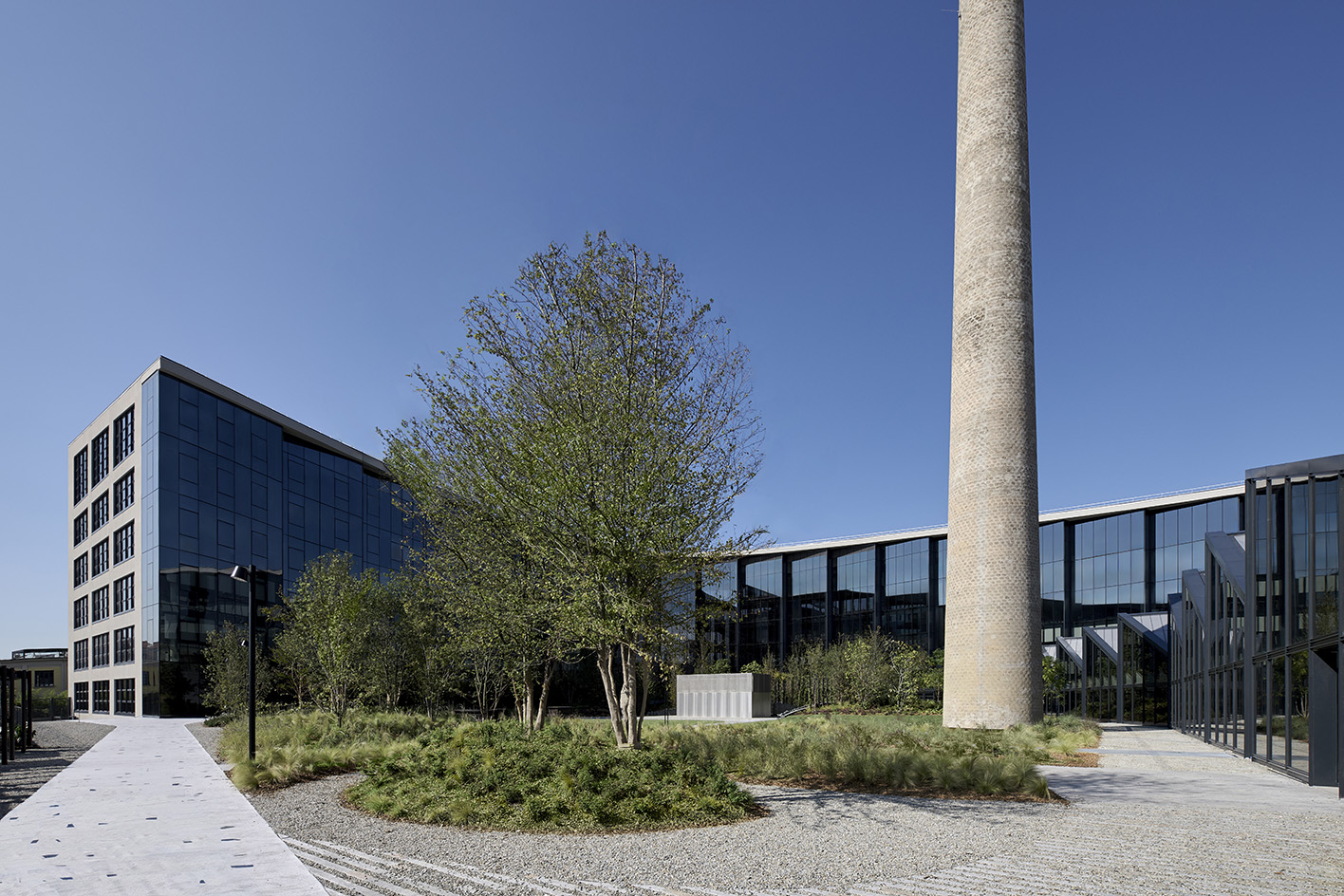 Step inside Casa Moncler, the brand’s sustainable and highly creative Milanese HQ
Step inside Casa Moncler, the brand’s sustainable and highly creative Milanese HQCasa Moncler opens its doors in a masterfully reimagined Milanese industrial site, blending modern minimalism and heritage, courtesy of ACPV Architects Antonio Citterio Patricia Viel
-
 Aldo Frattini Bivouac is a mountain shelter, but not as you know it
Aldo Frattini Bivouac is a mountain shelter, but not as you know itA new mountain shelter on the northern Italian pre-Alp region of Val Seriana, Aldo Frattini Bivouac is an experimental and aesthetically rich, compact piece of architecture
-
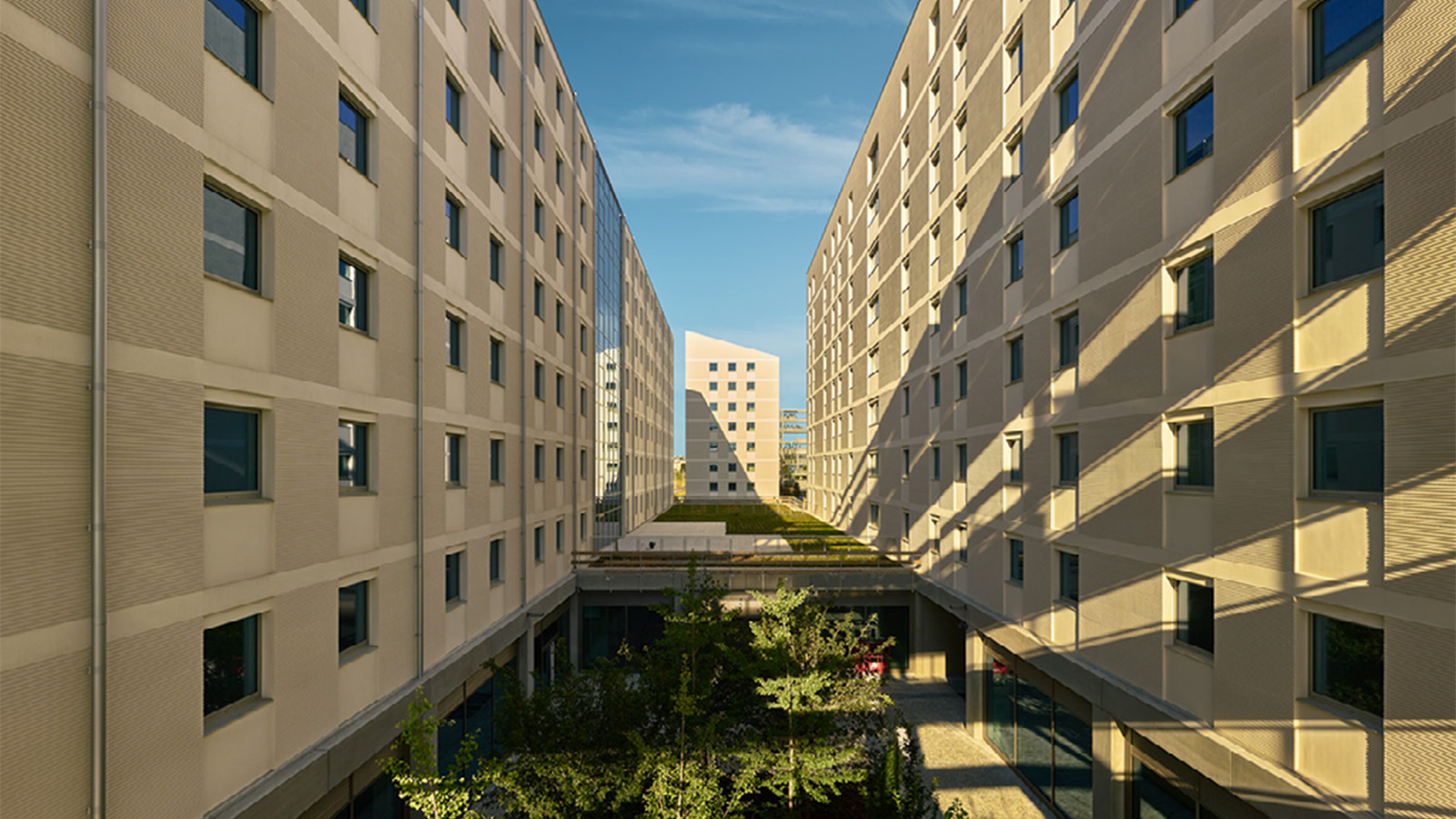 The 2026 Winter Olympics Village is complete. Take a look inside
The 2026 Winter Olympics Village is complete. Take a look insideAhead of the 2026 Winter Olympics, taking place in Milan in February, the new Olympic Village Plaza is set to be a bustling community hub, designed by Skidmore, Owings & Merrill
-
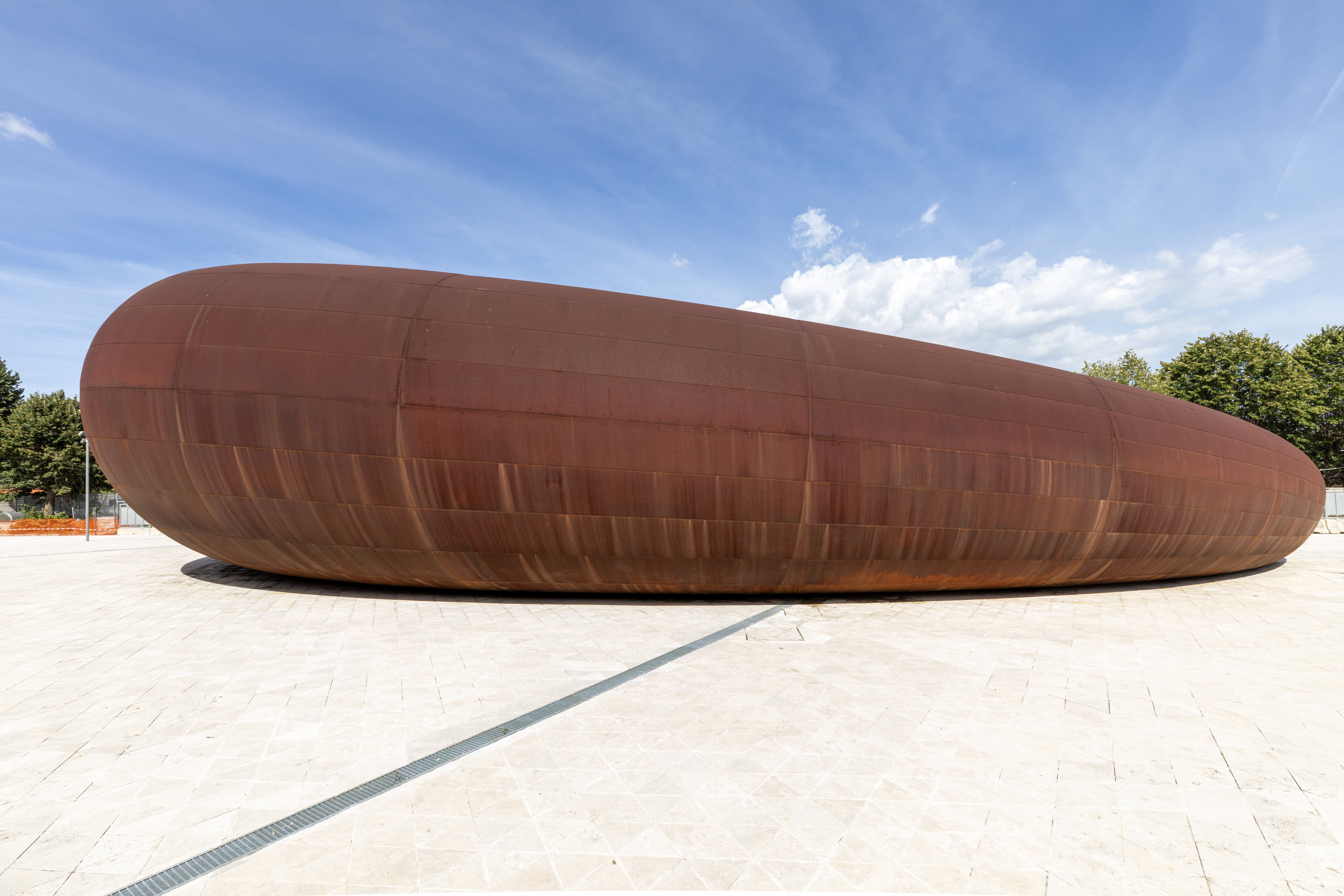 Anish Kapoor designs Naples station as a reflection of ‘what it really means to go underground’
Anish Kapoor designs Naples station as a reflection of ‘what it really means to go underground’A new Naples station by artist Anish Kapoor blends art and architecture, while creating an important piece of infrastructure for the southern Italian city
-
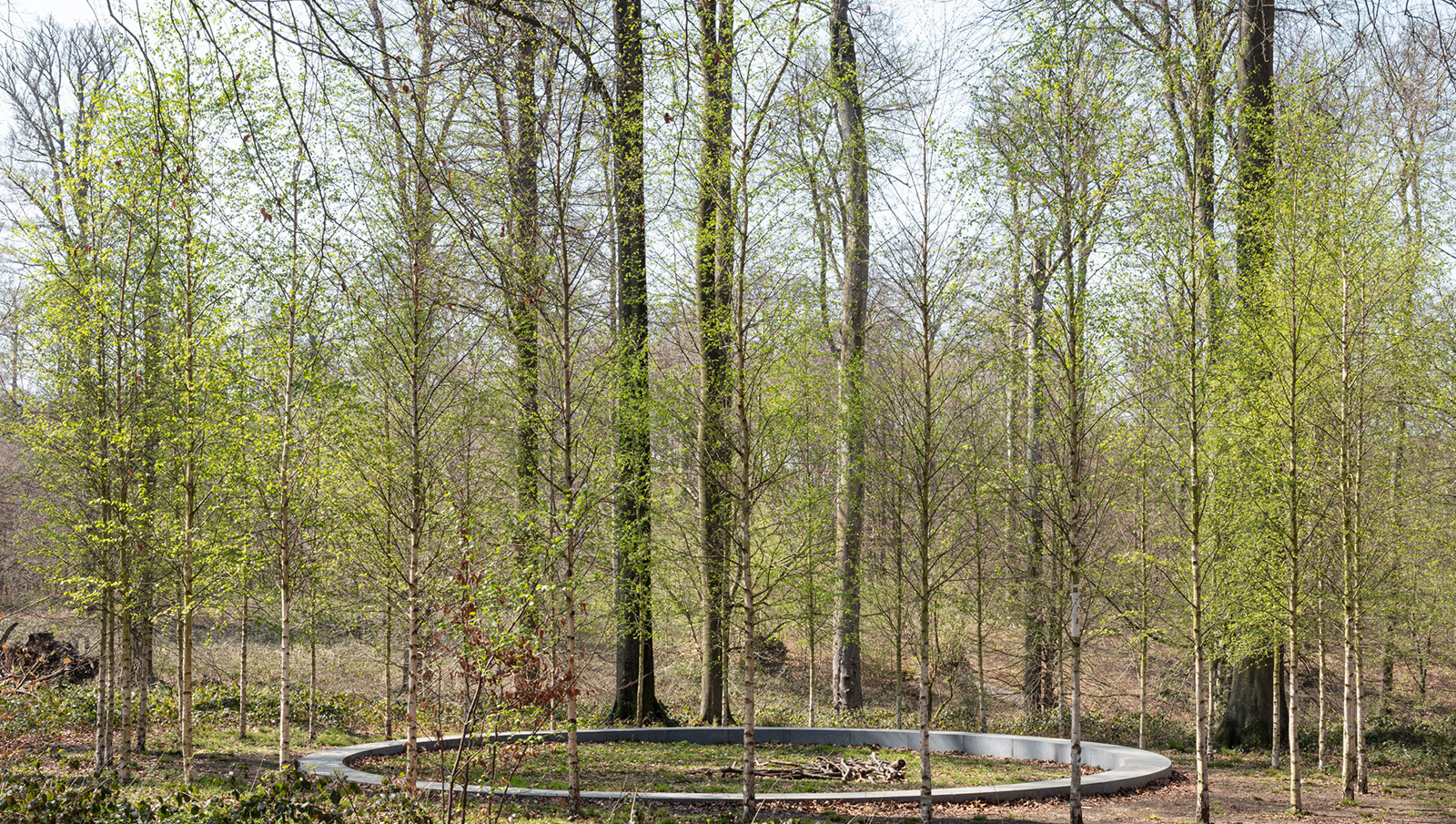 ‘Landscape architecture is the queen of science’: Emanuele Coccia in conversation with Bas Smets
‘Landscape architecture is the queen of science’: Emanuele Coccia in conversation with Bas SmetsItalian philosopher Emanuele Coccia meets Belgian landscape architect Bas Smets to discuss nature, cities and ‘biospheric thinking’
-
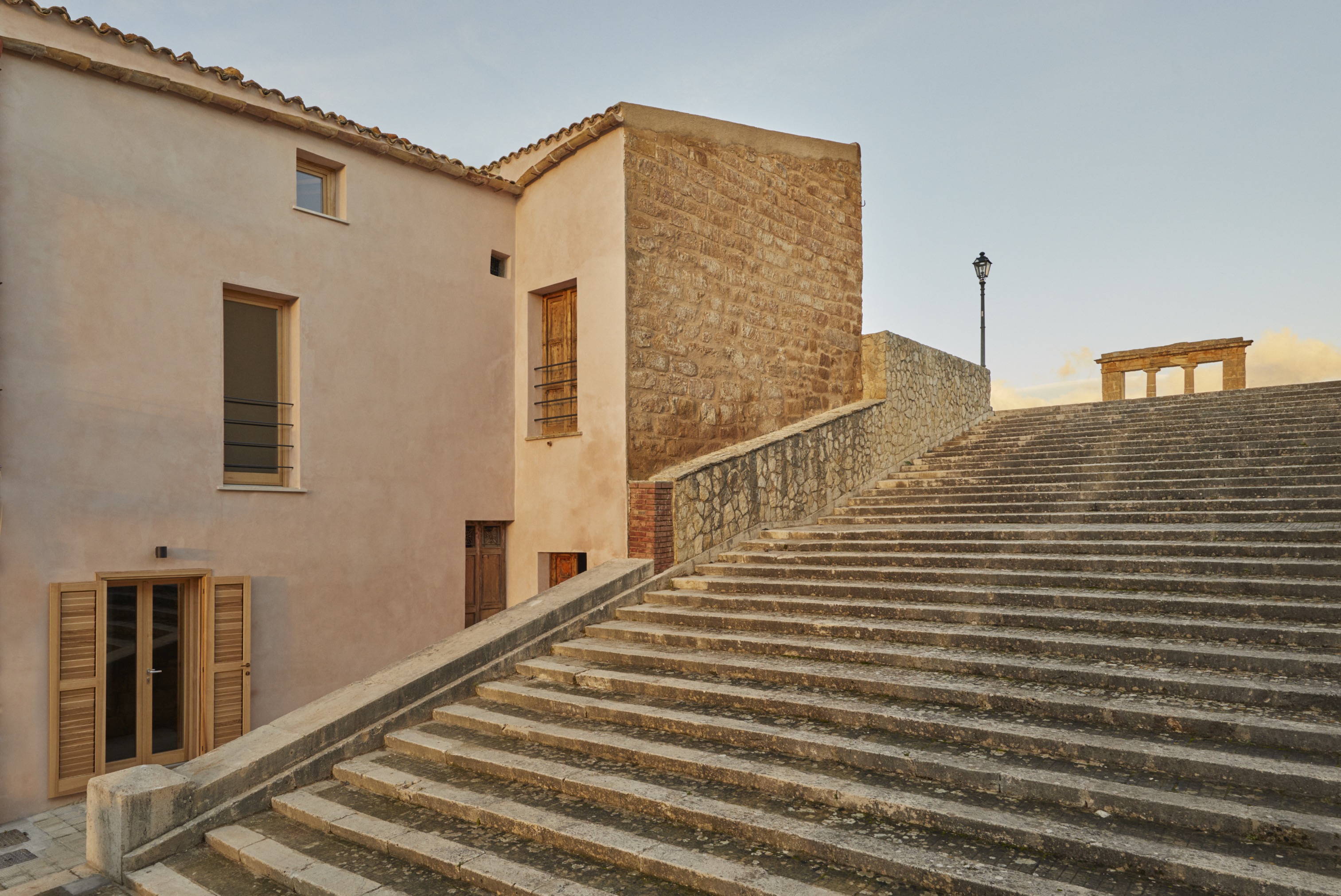 This historic Sicilian house cost one euro. Go inside its transformation
This historic Sicilian house cost one euro. Go inside its transformationPalermo-based firm Didea teamed up with AirBNB to reimagine the once-dilapidated property in vibrant colour blocks
-
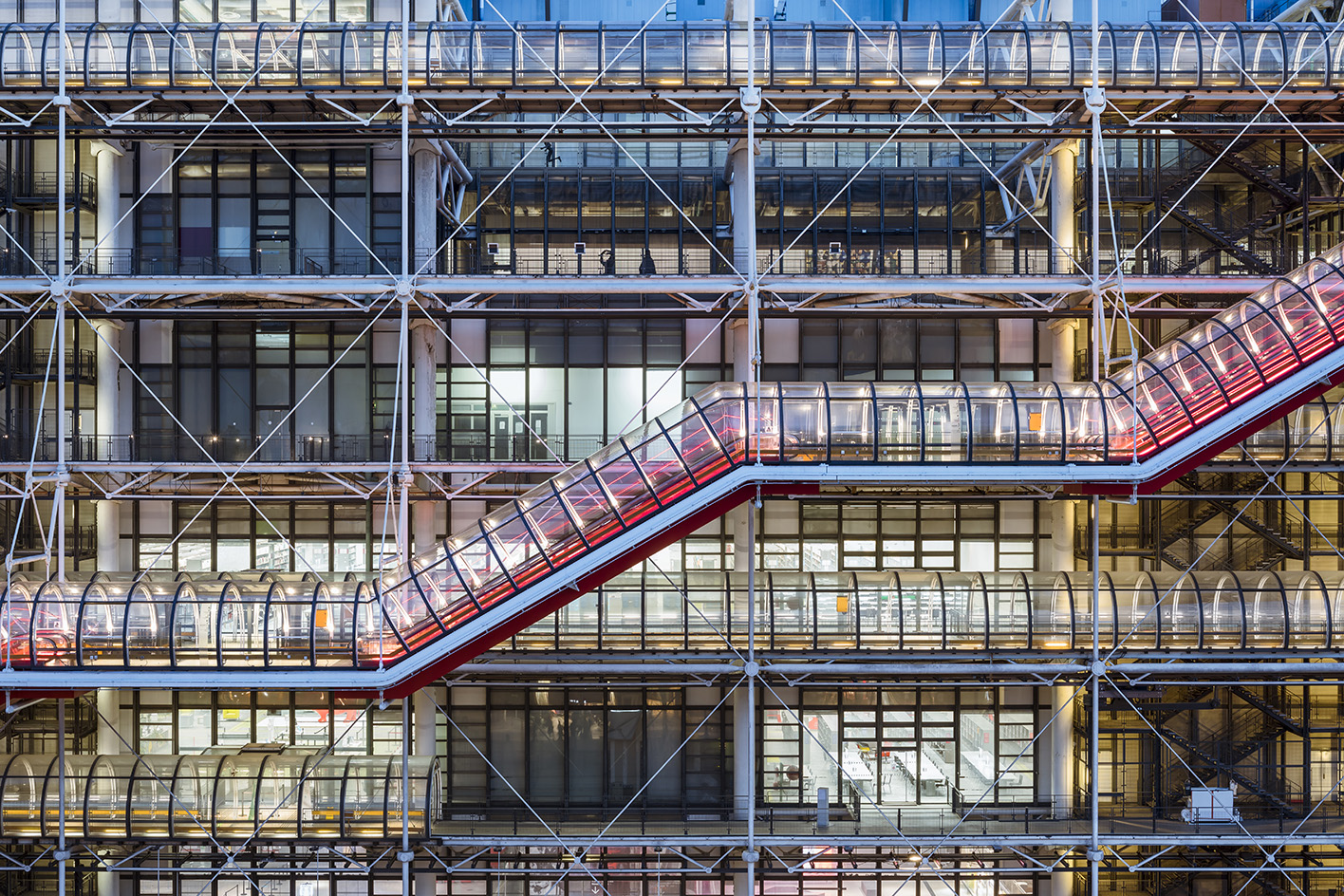 A guide to Renzo Piano’s magic touch for balancing scale and craft in architecture
A guide to Renzo Piano’s magic touch for balancing scale and craft in architectureProlific and innovative, Renzo Piano has earned a place among the 20th century's most important architects; we delve into his life and career in this ultimate guide to his work
-
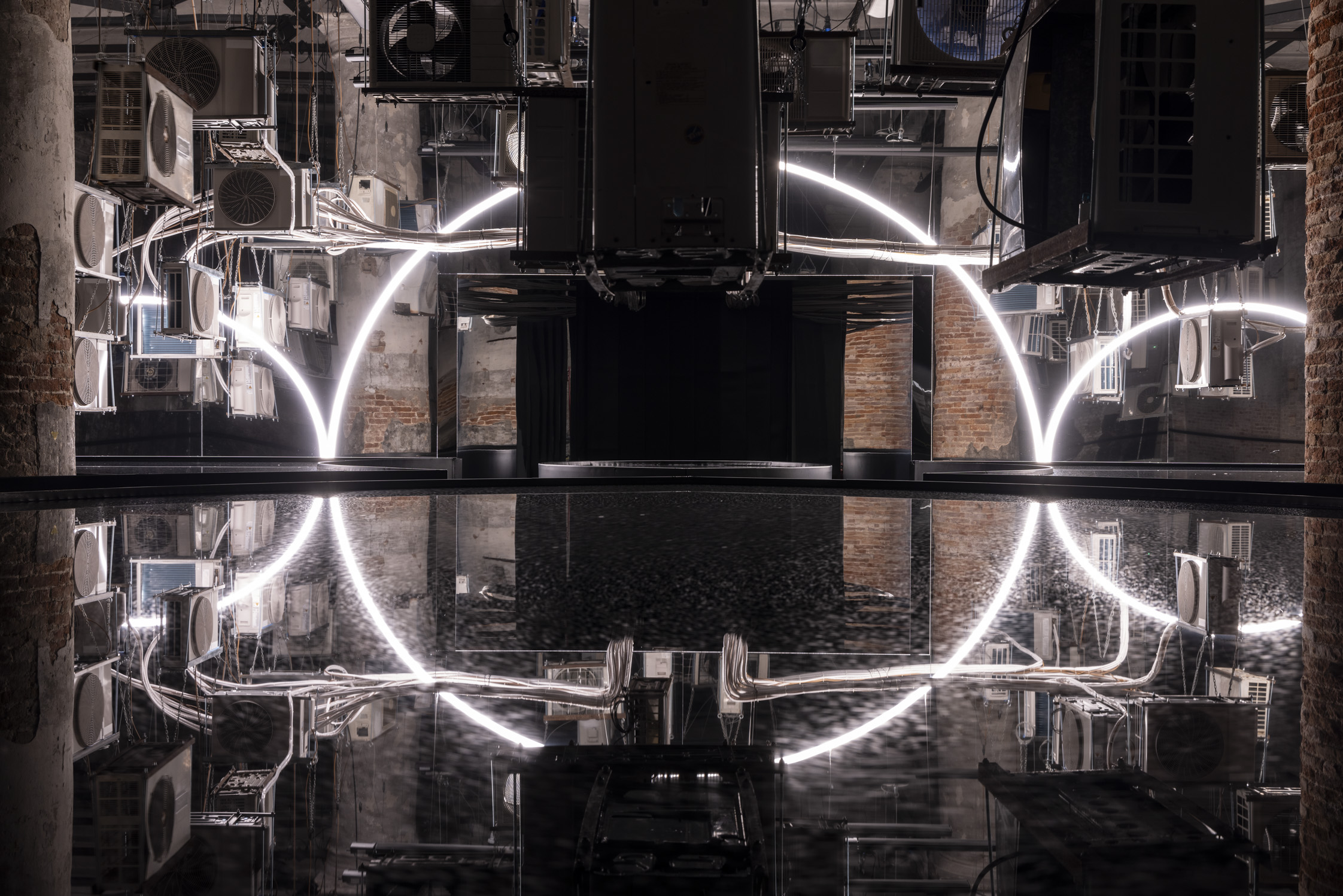 How was Carlo Ratti’s ‘Intelligens’? Wallpaper* editors discuss the 19th Venice Biennale
How was Carlo Ratti’s ‘Intelligens’? Wallpaper* editors discuss the 19th Venice BiennaleHaving visited ‘Intelligens’, the 19th Venice Biennale's main show by curator Carlo Ratti, the Wallpaper* editors discuss what they saw at the world's biggest global architecture festival